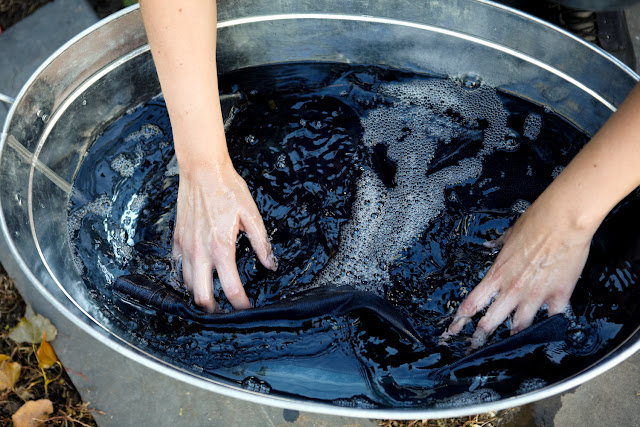Denim, pt II: Washes and Fabrics
Posted by Alex R. on Feb 7th 2018
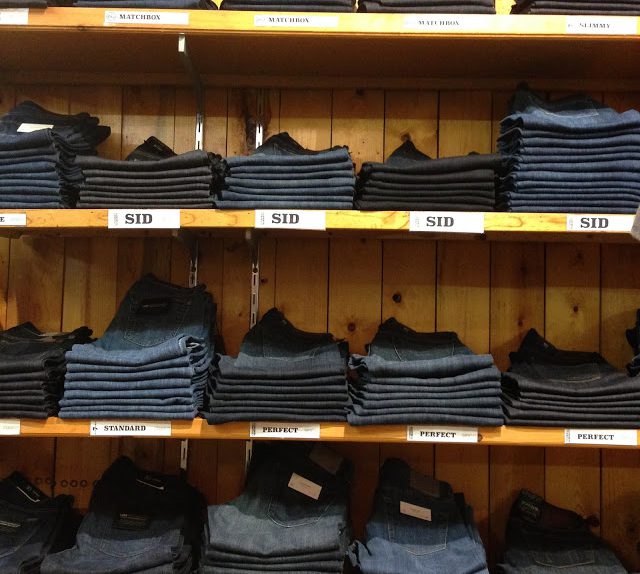
Written by Alex R., Men’s Fashion
New to Denim? This is Part II of a biweekly series about anything and everything that goes into your favorite pair of blue jeans. My goal: help you find your new favorite pair of jeans, or better yet, understand why you love the ones you have already. Click here to read Part I: The Fit.
Washes.
The color of a pair of jeans is referred to as its wash. The term refers to the rinsing process used to moderate the indigo dye concentration in the raw denim fabric from which jeans are constructed. “Washes” created color variation in denim back when jeans were only available in shades of blue. The lighter the finished product, the more washing the pair had undergone before it reached a customer.

Dark wash – dark blue and black jeans, often uniform in color. The indigo dye remains in high concentration throughout the fabric because the jeans either haven’t been washed at all (in the case of raw denim – more on that later), or have been washed sparingly to prevent dye bleed. Dark washes are the most flattering for all body types, can be dressed up the easiest, and generally last the longest (due to their escape from the industrial washes and pre-distressing techniques used to create the other washes). Every man should own a good pair of dark wash jeans, bar none.
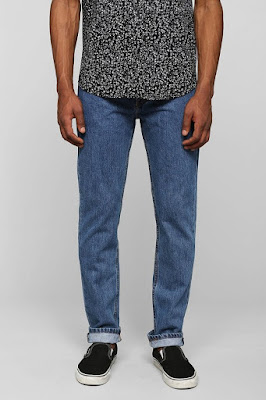
Medium wash – your classic blue jeans. Medium wash jeans have been industrially-washed and often treated with acid/sandblasted before ever reaching the customer, creating the recognizable faded blue color associated the stereotypical pair of denim. The medium wash process often creates a softer fabric, too, but not fabric as typically soft as light wash pairs. It is difficult to dress up medium wash jeans, but then again, you have no reason to: they’re already one of the single most versatile, iconic, and wearable wardrobe staples ever created – you won’t be out of uses any time soon.
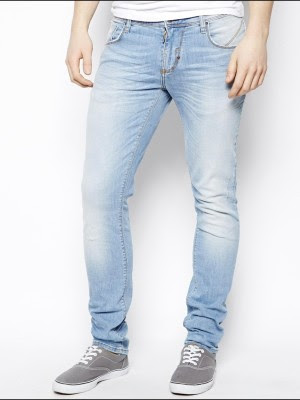
Light wash – pale blue, faded, and often slightly-ripped jeans. Light wash jeans are exposed to carefully-controlled, but very involved, washing processes from the second they leave the sewing machine. The constant washes, bleaches, sandblasts, and even manual distressing creates a soft fabric, a well-worn look, and a very light blue color. The intense washing process also compromises the construction of light wash jeans to a much greater degree as compared to any other jeans in any other wash. Light wash jeans have become a staple of streetwear, skate, and alternative styles for their unconventional color and disheveled look – even if you have to replace them a little more frequently, it’s hard to beat light wash jeans in their niche.
Fabrics.
All jeans are made primarily of cotton denim, a weave of cotton known for its resistance to tearing and overall longevity. As textile research gets better and better, it is not uncommon for a pair of jeans to be made of a fabric that takes advantage of modern synthetic materials to provide better functionality to the wearer. Common additions include spandex (better mobility), polyester (quick drying), and anti-microbial treated cotton (odor resistance). Above even fabric additives, a larger taxonomy exists which cleaves the denim world neatly in two: washed denim vs. raw denim.
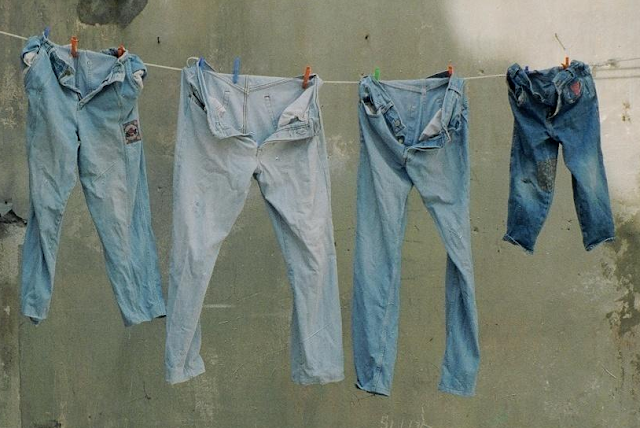
Washed denim – cotton denim that has been industrially washed in some way, shape, or form before it reaches the consumer. The degree of wash varies, but even the deepest indigo pair of washed denim has still been industrially “finished” in some variety. Whether the wash was done to create color, design, comfort, or even shape, the pure cotton denim fabric has been structurally affected before you pay retail price. Washed denim does allow for a much greater degree of expression on the part of the designer, and as such is a popular canvas for many famous labels and names that each put their own deft take on the classic pair of jeans.
Raw denim – cotton denim that has been stitched into a pair of jeans. No wash, no sandblasting, no chemical treatments. Unmolested fabric, some heavy-duty stitching, a few rivets here and there, and you. Raw denim lasts significantly longer, fades as you wear it (allowing for a degree of usage-based personalization e.g. your cell phone pocket will likely fade the shape of your phone), and is often a deeper, richer color than even the most lightly-washed indigo equivalents. Because it hasn’t been washed or chemically finished, raw denim is resultantly heavier, coarser, and more likely to bleed dye than its washed brethren. The uniform coloration and heavyweight nature of raw denim lends itself well to both dressier and colder weather uses.

